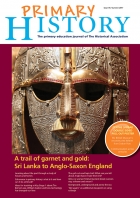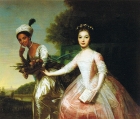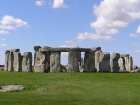Classroom Resources
The HA has spent a great deal of effort in developing resonant support for the Key Stage 2 curriculum. Most you will find here, especially the articles and reviews from Primary History. Read more
Sort by:
Date (Newest first) | Title A-Z
Show:
All |
Articles |
Podcasts |
Multipage Articles
-

Primary History and planning for teaching the Olympics - four curricular models
ArticleClick to view -

Primary history and British values
ArticleClick to view -

Pull-out Posters: Primary History 69
ArticleClick to view -

Pull-out Posters: Primary History 76
ArticleClick to view -

Scene shifting: Using visuals for chronology
ArticleClick to view -

Scheme of work: Queen Elizabeth II
ArticleClick to view -

Slavery in Britain
ArticleClick to view -

So was everyone an ancient Egyptian?
ArticleClick to view -

Stone Age to Iron Age - overview and depth
ArticleClick to view -

Studying the Maya
ArticleClick to view -

Sutton Hoo - Classroom archaeology in the digital age
ArticleClick to view -

Teaching Ancient Egypt
ArticleClick to view -

Teaching Resources from the Ephemera Society
ArticleClick to view -

Teaching about ‘these islands’ since 1066
ArticleClick to view -

Teaching history and geography together in a meaningful way
ArticleClick to view -

The Coronation of King Charles III
ArticleClick to view -

The Interactive Whiteboard or Smart Board
ArticleClick to view -

The Maya: a 4,000-year-old civilisation in the Americas
ArticleClick to view -

The digital revolution
ArticleClick to view -

The history of medicine – warts and all – for Key Stage 2
ArticleClick to view

